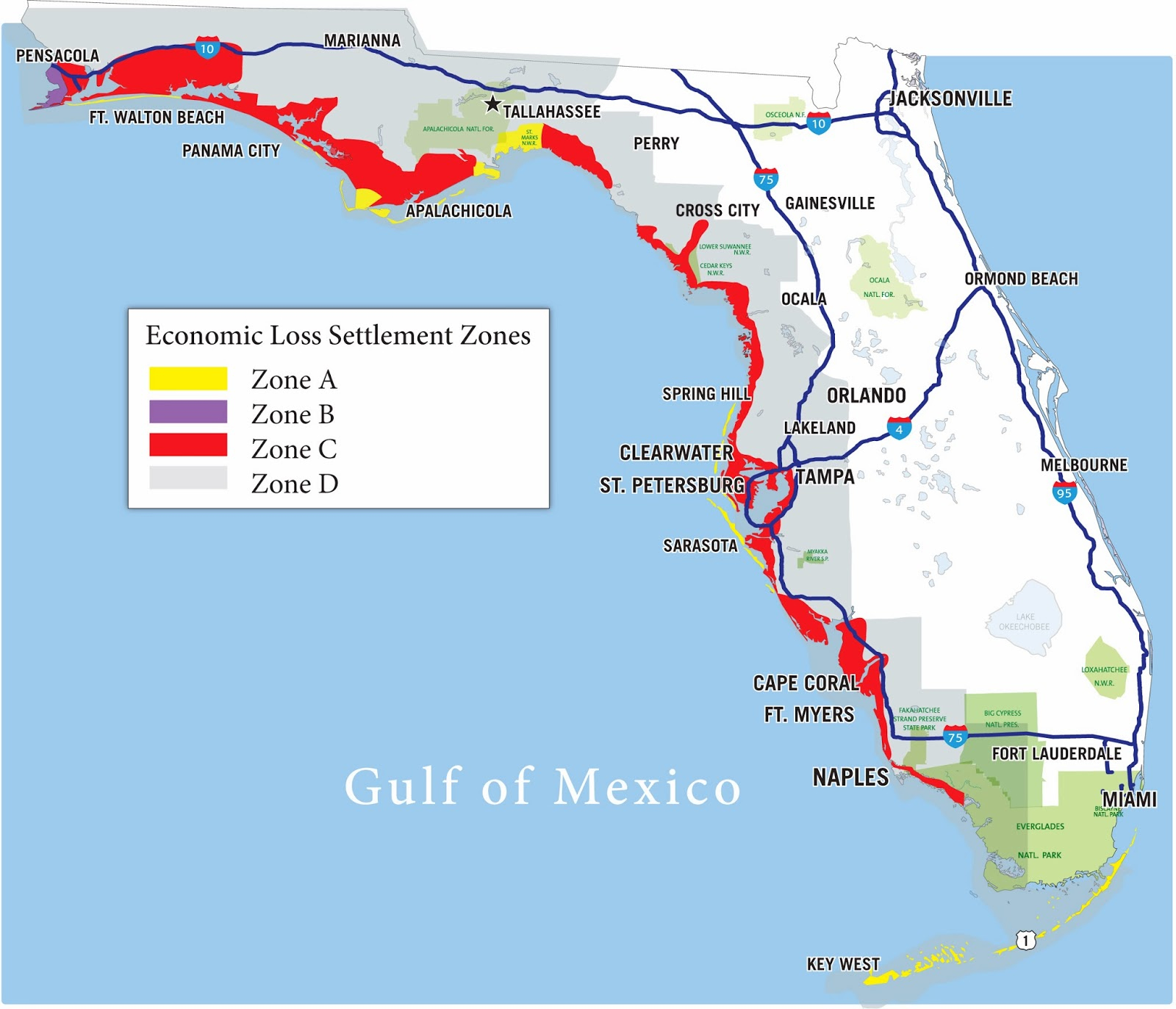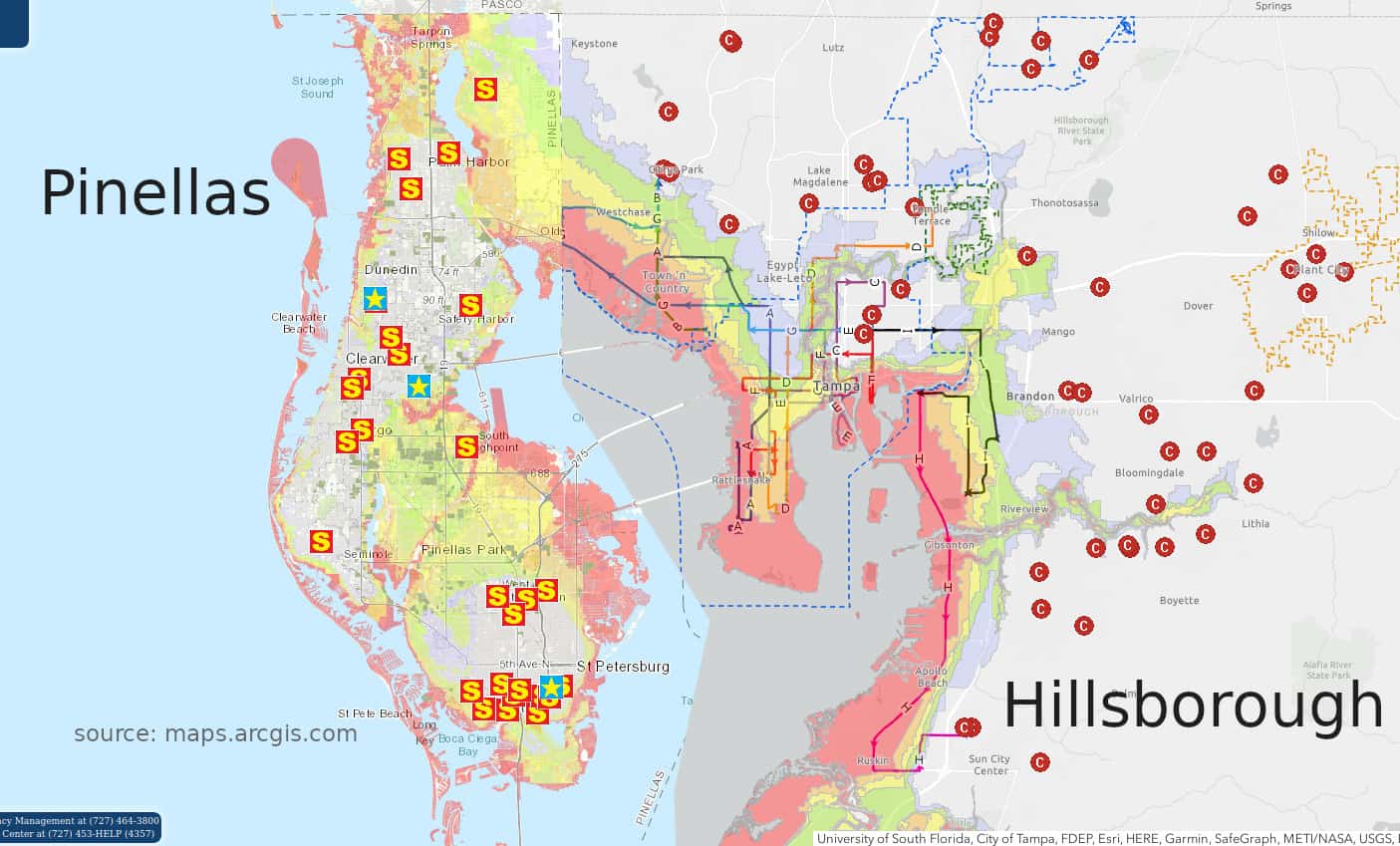

grass clippings, leaves, and small branches) into the street to prevent clogging of the storm water grates, culverts, and other similar devices. Residents are encouraged not to blow yard waste (i.e. Leaves and other debris can clog storm drains, culverts, and drainage swales, causing water to back up into lower-lying areas. Storm water sometimes simply overwhelms street drainage and water retention areas. Since Columbia County is relatively flat with low-lying areas, Some flooding can result from overflow of small ditches and streams during significant storm events. In Columbia County, the primary threat of flooding results from the ponding of water during heavy storms and the Suwannee and Santa Fe rivers reaching flood stage.
FLORIDA FLOOD MAP MANUAL
You may contact Brandon Stubbs, County Planner by calling 38 or Liza Williams by calling 38 or by visiting our office.ġ) The Local Flood Hazard 2) The Flood Warning System 3) Columbia County Emergency Operations Center 4) Flood Safety Measures 5) Flood Insurance 6) Natural and Beneficial Functions of the Flood Plain 7) Community Rating System 8) Property Protection Measures 9) Floodplain Development Permit Requirements 10) Substantial Improvement Requirements 11) Drainage System Maintenance 12) After the Floodĭownload the Columbia County Flood Facts and Preparedness Manual with Checklists

We have paper copies of the Flood Insurance Rate Maps (FIRM) aka: FEMA Flood Maps or digital aerial printouts. The Building and Zoning Department maintains elevation certificates submitted for permitted structures within Columbia County. Flood Information Flood Maps and Elevation Certificates


 0 kommentar(er)
0 kommentar(er)
